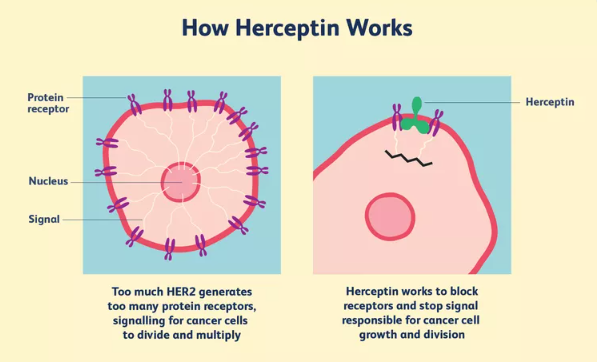Introduction
Numerous approaches are used to avoid transfusion of allogeneic blood. Primary methods include, but are not
limited to, erythropoietin and iron supplementation, preoperative
autologous donation, acute normovolaemic
haemodilution, haemoglobinbased
blood substitutes and infusible oxygencarrying
fluids, and the use of cell
salvage systems. While currently unavailable in North America and Europe because of an increased risk of
myocardial infarction and death , research continues in the areas of haemoglobinbased
blood substitutes and
infusible oxygencarrying
liquids.
Of the accepted strategies mentioned above, cell salvage offers the medical community a safe, resourcesaving,
and
relatively inexpensive method to avoid allogeneic red cell transfusion. Currently, incorrect information and
misconceptions regarding the use of cell salvage systems frequently portray them as expensive, ineffective, and
inappropriate for use in certain clinical situations. In addition to addressing these misconceptions, this article will
discuss indications and contraindications for the use of such systems.
Indications
In the past, the AABB (formerly known as the American Association of Blood Banks) has recommended the
following general indications for cell salvage use: the anticipated blood loss is 20% or more of the patient’s
estimated blood volume; crossmatchcompatible
blood is unobtainable; the patient is unwilling to accept allogeneic
blood, but will give consent to receive blood from intraoperative
blood salvage, as in the case of Jehovah’s
witnesses; more than 10% of patients undergoing the procedure require transfusion; the mean transfusion for the
procedure exceeds one unit .
These recommendations are derived from a cost comparison between administering allogeneic blood and use of cell
salvage. More recently, the cost of administering allogeneic blood has grown, which changes this economic
relationship. At the same time, the medical community has gained a much better understanding of the expense
associated with cell salvage. For this reason, implementation of cell salvage should be considered when much
smaller amounts of blood loss are anticipated.
Because of the difficulty associated with the accurate prediction of substantial blood loss and the possible need for
allogeneic transfusion, for the majority of cases it would be appropriate to set up the cell salvage device in a “standby”
mode. This “standby”
mode is simply the collection system which includes a cardiotomy reservoir, a suction
line and an anticoagulant. The cost of a collection or “standby”
setup
is comparable to that of the reagents for
crossmatching
two units of allogeneic blood. While being a sizeable paradigm shift, hospitals might consider
implementation of a “standby”
setup
rather than “type and cross”. In cases in which substantial blood loss is
certain to occur, such as in a repair of an open thoracoabdominal
aneurysm repair, it is reasonable to bypass the
“standby”
setup
and proceed directly to preparing components necessary to process blood.
READ MORE HERE
http://www.ncbi.nlm.nih.gov/pmc/articles/PMC3096856/
Intraoperative cell salvage: a fresh look at the indications and contraindications
Share with
Tagged in :



Leave a Reply
You must be logged in to post a comment.